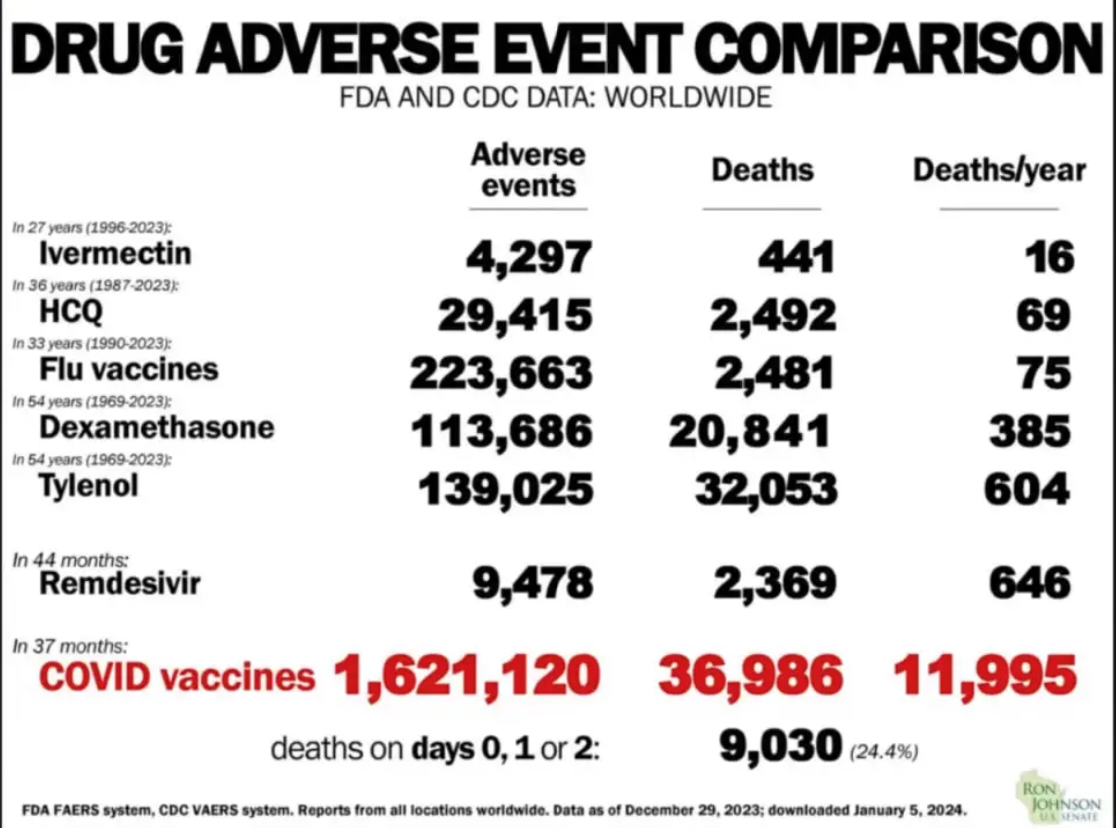
Have “immense numbers” of those who received the COVID vaccine actually had “ruinously adverse effects” or “died”?
January 30, 2024
A reader writes that “Big Pharma wants you to believe ivermectin will not prevent or treat COVID but IT WILL!” Is this true or false?
January 31, 2024On January 30, 1944, Phil boarded a train at Camp Patrick Henry that would transport the men to Norfolk, Virginia, on the Chesapeake Bay. His eyes focused on three war posters plastered on the front wall of their carriage.

The first poster said, “Americans Will Always Fight for Liberty.” He had seen this depiction of three modern American riflemen marching in front of their military ancestors—three infantrymen from the Continental Army of 1778—many times before.
The second poster made him smile. The graphic pictured an oversized caricature of Hitler falling backward, having been tripped by an Army truck. At the top, a headline said, “Knock the ‘Heil’ Out of Hitler,” and across the bottom, it read, “Let’s Keep ’Em Pulling for Victory.”
Liberty and victory. A nice series of encouragements, Phil thought, for guys like me who are getting ready to go overseas and fight.
Then his eyes fixed on the last poster, a colorful illustration of a young woman who looked a bit like his Marilyn. She wore a red-and-white polka-dot bandana around her head and was flexing her right bicep, which was visible since she had rolled up the sleeve of her blue blouse.
Across the top, a headline announced, “We Can Do It!” Phil knew he would. Well, at least he hoped he would, as the train entered the shipyard. He knew that it was up to him to fight to get back to her, and he would.
As the railway cars drew closer to the docks, Phil spotted ships of all sizes as far as the eye could see. As the train pulled into a platform under protective roofing, literally stopping next to their Liberty ship, Phil put on his overloaded backpack and grabbed his duffel-like barracks bag. As he stepped off the railroad car, he was checked off a list and marched toward the waiting ship.
Young female Red Cross workers handed out cups of coffee from fifty-gallon stainless steel containers to each of the boys who wanted them. Then each soldier was checked off another list as he boarded the gangplank onto the ship under the watchful eyes of Army military police and Navy shore patrol. Each man struggled to carry his load up a steep and narrow ramp.
Phil was directed below decks to officer’s quarters, where eight officers were assigned to cabins with two-tier bunks with springs and mattresses. In comparison, the enlisted soldiers were shoehorned into tighter quarters with four to five tiers of bunk beds that nearly touched the ceiling. The space between bunks was so narrow that one had to walk sideways to get through, and there was no place to store a barracks bag except on the bunk.
There was considerably more room inside the officer’s quarters. While Phil knew he wasn’t staying in first-class accommodations, he realized that he had it better than most. Maybe the long trip wouldn’t be so bad after all.
Phil stood on the deck and watched his homeland disappear over the horizon. It wasn’t long before many of the men got seasick. Even though the soldiers weren’t able to smoke below deck or get any exercise, they took the sketchy meals, lack of privacy, and relaxed hygiene standards in stride. They managed to laugh and poke fun at it all, and at themselves, cursing Hitler roundly at all times.[1]
~~~~~
[1] Larimore, At First Light. A typewritten timeline in Ethyl Larimore’s scrap books says, “January 24, 1944, sailed from Fort Meade.” However, Phil’s Officer’s and Warrant Officer’s Qualification Card says, “30 Jan 44, Depart USA for Foreign Service Outside Continental U.S.,” and his “Transcript of Military Record” says, “30 Jan 44, Date of Departure, Destination Europe.” The Card also says, “9 Feb 44. Arrived in NATO USA.” Various sources indicate the trip was nine days, so they likely docked on February 8, 1944, in Casablanca, but it may have been late and he may not have been processed in until February 9, 1944.
© Copyright WLL, INC. 2024



